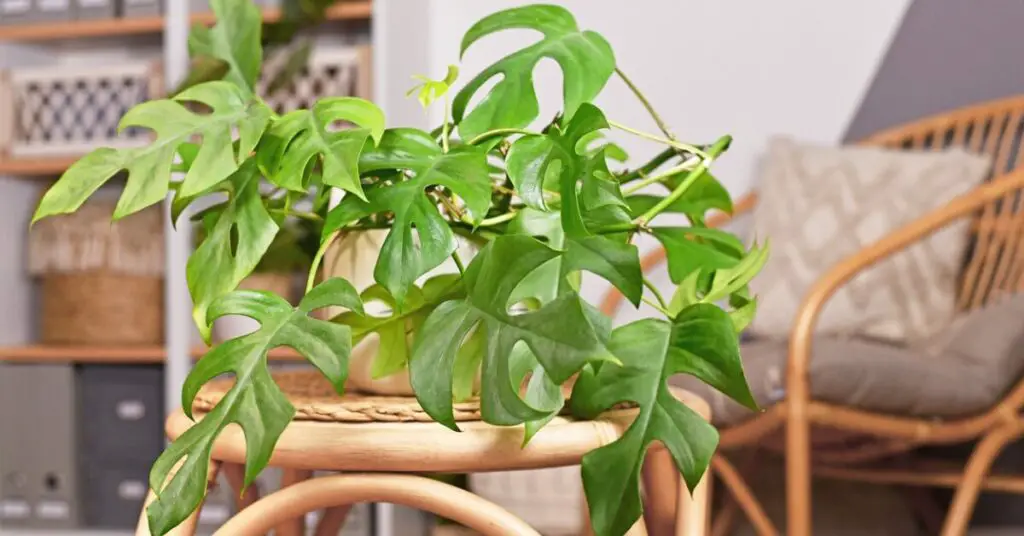Welcome to the diverse world of polyculture gardening! This innovative approach blends various plants harmoniously, creating vibrant, sustainable gardens. Here, we’ll uncover polyculture gardening’s secrets and benefits and how to bring this ecological harmony into your garden. Get ready to transform your green space into a thriving ecosystem of life and productivity!
Defining Polyculture Gardening
What is Polyculture?
Polyculture involves growing multiple plant species together in the same space.
It contrasts with monoculture, where only one type of plant grows in an area.
Polyculture vs Monoculture
Unlike monoculture, polyculture promotes a diverse ecosystem within a garden.
This diversity leads to natural pest control and healthier plants.
Historical Background
Origins of Polyculture Gardening
It traces back to ancient agricultural practices across different cultures.
Traditional use in Asia, Africa, and the Americas characterized it.
Evolution Over Time
Polyculture has evolved from subsistence farming to modern sustainable practices.
Ecological and environmental understanding influences it.
Benefits of Polyculture Gardening
Enhanced Biodiversity
Polyculture supports a wide range of plant and animal life.
It creates a balanced and resilient garden ecosystem.
Natural Pest Control
Plant diversity in polyculture discourages pest infestations.
It reduces the need for chemical pesticides.
Soil Fertility and Structure
Diverse root systems improve soil health and nutrient content.
It helps maintain soil structure and prevent erosion.
Key Principles of Polyculture
Plant Diversity
Emphasizes varied species and varieties for a balanced ecosystem.
It includes a mix of herbs, vegetables, flowers, and perennials.
Companion Planting
Select plants for beneficial interactions, such as nutrient sharing.
It helps in attracting beneficial insects and repelling pests.
Role of Perennials and Annuals
Perennials provide structure and stability to the garden year-round.
Annuals add seasonal diversity and can replenish nutrients.
Designing a Polyculture Garden
Planning and Layout
Consider sunlight, soil type, and water access when planning.
Design beds with access in mind to avoid soil compaction.
Choosing Plant Combinations
Select plants with complementary growth habits and needs.
Consider varying heights, root depths, and flowering times.
Maximizing Space
Utilize vertical space with climbers and tall plants.
Implement succession planting to keep the garden productive.
Polyculture in Small Spaces
Urban Gardening with Polyculture
Polyculture can thrive even in limited urban spaces like balconies or rooftops.
It utilizes containers and vertical gardening techniques.
Adapting Techniques for Compact Areas
Choose dwarf or compact plant varieties suitable for small spaces.
Implement intercropping to maximize yield in a small area.
Challenges and Solutions
Addressing Labor Intensity
Plan your garden to minimize maintenance needs.
Use mulching and low-maintenance plants to reduce effort.
Environmental Considerations
Balance plant diversity to avoid overwhelming native species.
Use local plants to support the regional ecosystem.
Overcoming Common Issues
Monitor for pest imbalances and adjust plant combinations as needed.
Regularly assess soil health and make amendments to support diverse plant life.
Conclusion
Polyculture gardening opens a world where diversity reigns, bringing resilience and beauty to your garden. By embracing this method, you’re not just growing plants but nurturing a mini-ecosystem. Whether you have a sprawling garden or a small urban space, polyculture offers a sustainable way to garden.



